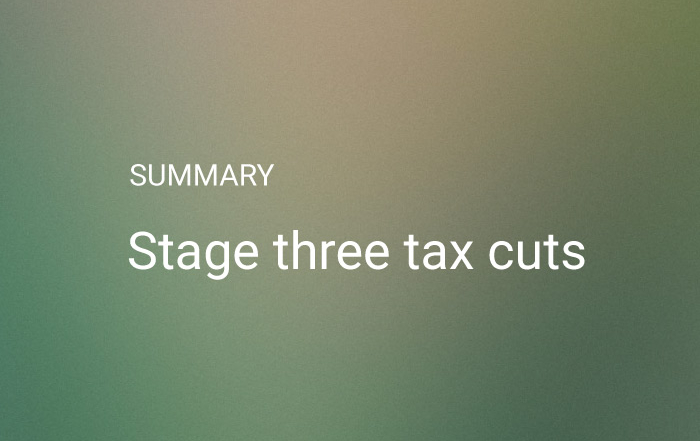
DFK Gooding Partners
November 10, 2022
Of the $400m lost to scams in Australia in 2022 so far, scams focused on investments are the most significant, with losses amounting to $294.2 million* (ACCC). In 2021, funds lost to investment scams totalled over $700m. As investment scams continue to grow, SMSF trustees and self-directed investors present attractive targets to sophisticated scammers, who have become skilled at extracting funds from Selfmanaged Super funds.
Naturally, people aspire to get the most out of their investments, especially if a great opportunity is presented by a ‘trusted’ organisation. However, the numbers show investment scams occur more often than you may think, and highlight the risk both self-directed investors and SMSF trustees may potentially face when seeking new investment opportunities.
Investment scams are the #1 cause of financial loss to Australians in 2022.
What the scamwatch numbers say
- During 2021, the average monetary value lost to scams has increased by 66%. Scammers have become more sophisticated in their approach, claiming to be from well-known investment organisations or government bodies, with the aim of extracting personal information from an individual.
- Combined losses to investment scams have caused the most financial harm to the Australian population throughout 2021, climbing 135% to $701 million lost. Advancements in both technology and software design allow scammers to recreate websites to look identical to an actual organisation’s site, meaning it is becoming increasingly difficult to identify what is a scam and what isn’t.
- Cryptocurrency investment scams reported $99 million lost in 2021. The increased popularity of cryptocurrency continues to see a surge in reported losses to investment scams. Also as cryptocurrency becomes the preferred method of payment across all types of scams, the perceived anonymity of unregulated cryptocurrencies can make it harder to recover funds or identify scammers.
- Older Australians (65+) are often more at risk having lost almost $82 million in 2021, more than any other age group. In 2021, a clear trend emerged with losses increasing with age, as the older population is often targeted by scammers as they are perceived to have more accumulated wealth.
- The top contact methods used by scammers include phone (50%), text message (23%), email (14%), internet (4%) and social networking (4%)*. Scammers will often inject a sense of urgency into their messaging, propose threats (particularly with tax scams), and request personal and banking information.
Scamwatch Australia Targeting scams report 2021
The high return SMSF scam
The most common scam involves holders of retail or industry funds being cold-called or emailed by random individuals or organisations. They often pose as Financial Advisers or representatives of a SMSF, and promise high returns if you move all or some of your super to a SMSF. They use email, web and company information that looks real and even register actual businesses and even bank accounts in your name to appear genuine. They will also ask you to provide personal information like identity documents to complete the transfer. They’ll then access your account and transfer your super to their own bank account.
ASIC has noticed an increase in marketing recommending Australians switch from retail and industry superannuation funds to self-managed superannuation funds (SMSFs) so they can invest in a ‘high return’ portfolio. SMSF trustees are being targeted to invest in crypto-assets (or cryptocurrencies). ASIC is reminding superannuation fund members it is best practice to seek advice from a licensed financial adviser before agreeing to transfer superannuation out of a regulated fund into an SMSF
– ASIC
Existing SMSF trustees are also easy targets
There are increasing cases of existing SMSFs being targeted with lucrative investment opportunities, often in crypto exchanges, with the aim to transfer founds out of the SMSF. More recently a case in Victoria saw the SMSF trustees transfer $1.6m out of their fund into a local crypto exchange, only for the business to vanish. It was then found the business was registered in registered in Saint Vincent and the Grenadines – a small chain of islands in the southern Caribbean.
According to the court documents, starting with a $10,000 transfer on August 3, 2020, the Cooks progressively transferred $1.6 million. Unbeknownst to the Cooks, “500 Investments was not a legitimate investment business” and the trading accounts set up were not genuine – the scam is what is known as a social engineering scam, where fraudsters manipulate victims with realistic situations, impersonating officials from organisations facilitate transfers of funds.
– FINANCIAL REVIEW
What should you do if you suspect a scam?
If someone attempts to scam you, there are several things you can do:
- Report the scam to Scamwatch Australia – scamwatch.gov.au/report-a-scam or ReportCyber – Report | Cyber.gov.au immediately.
- Do not provide any personal information that will allow a scammer to impersonate and retrieve your funds.
- Do not click on links you have received via text or email that have a substantial number of letters and numbers.
- If you have lost money to a scam, contact your financial institution immediately.
- If you have provided personal information and you are concerned your identity may be compromised, you can contact IDCARE for free support on 1800 595 160.
- Consider contacting the organisation the suspected scammer claims to work for – the organisation may be able to confirm your suspicions.
If you have been scammed or believe you have been scammed, you shouldn’t feel embarrassed or ashamed. Financial scams are now crimes which are occurring regularly with the latest Optus data breach only highlighting how many scams are very sophisticated and professional. Even very experienced investors have lost money to scams emphasising how it is more important than ever, to discuss the risk of scams with family, friends, and peers.









